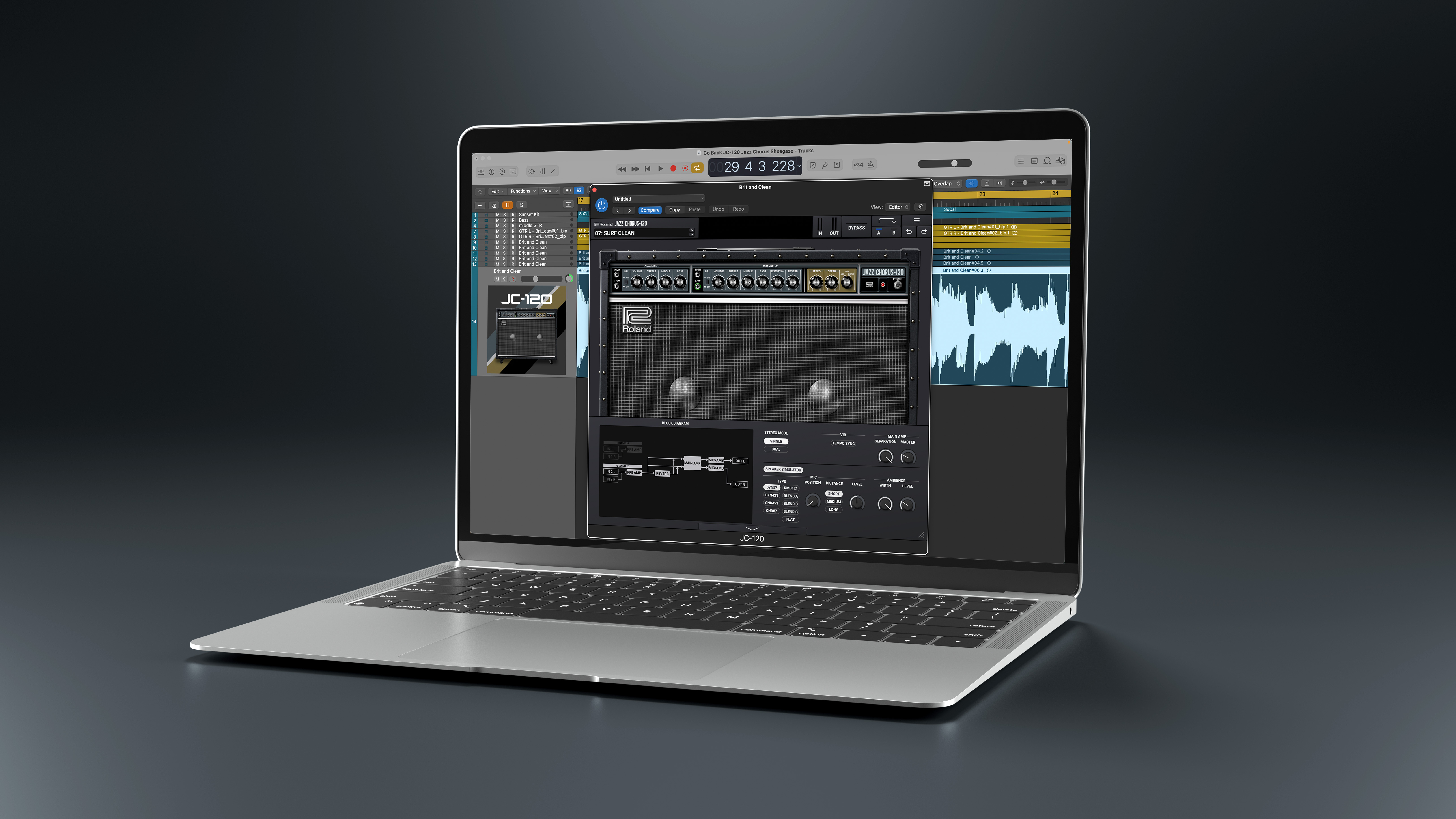“It pretty much half killed us. Whether the band would continue was very much in the balance”: The Radiohead album that almost broke up the band, turned the music industry on its head - and became their best record
“It’s our classic album - our Transformer, our Revolver, our Hunky Dory”

It’s no secret that many bands write their best and most enduring material in their early years, buoyed by youthful vigour and a hunger for recognition. All too often, fame and fortune can render an artist complacent, diluting the inspiration that spurred them on to reach such creative heights in the first place.
Radiohead aren’t your average band, though. That much was evident from the very first notes of their era-defining 1992 debut single, Creep, which - in the words of Conan O’Brien - raised self-loathing to the status of an art form, introducing this group of downcast, floppy-haired Oxfordshire lads, barely a few years out of school, to a worldwide audience.
Over the years that followed, the group reshaped their guitar-centered sound into increasingly imaginative forms, their early influences - R.E.M, Bowie and The Pixies - steadily becoming less identifiable, as Thom Yorke and Jonny Greenwood’s outré tendencies edged them ever-further away from the templates and traditions of conventional songwriting.
By the end of the decade, Radiohead had put out OK Computer - near-universally considered to be one of the greatest rock albums ever recorded - before almost abandoning the guitar altogether to release a duo of divisively adventurous follow-ups that reimagined what the genre could be through avant-garde electronics and studio experimentation.
But the best was still yet to come. At a point where many bands might rest on their laurels, content to churn out increasingly lifeless facsimiles of the records that paid for their houses, Radiohead seemed determined to relentlessly pursue a new sound, a better sound, and - above all - a different sound.
"The recording of the album took three years, which is a long time by anybody’s standards. It pretty much half-killed us"
That hunger has been audible in every one of the band’s releases since, from the Orwellian anthems of Hail to the Thief to the majestic melancholy of A Moon Shaped Pool, but it finds its zenith in 2007’s In Rainbows, an album that - though its release was somewhat overshadowed by its controversial pay-what-you-want model - stands tall in Radiohead’s catalogue as their most cohesive statement, a band-defining release that Yorke once described as the group’s “classic album”, painting it as their Revolver or Hunky Dory.
But it was this very album that almost precipitated the group’s demise. “The recording of the album took three years, which is a long time by anybody’s standards. It pretty much half-killed us,” guitarist Ed O’Brien told Midem.com in 2010. “Whether the band would continue was very much in the balance.”
Get the MusicRadar Newsletter
Want all the hottest music and gear news, reviews, deals, features and more, direct to your inbox? Sign up here.
Following the release of 2003’s Hail to the Thief, Radiohead found themselves lacking in direction. That record, born during two months of live shows and recorded hastily over a two-week stint in Los Angeles, ultimately proved to be overlong and unfocused. "We should have pruned it down to 10 songs, then it would have been a really good record," O'Brien told Mojo in 2008. "I think we lost people on a couple of tracks and it broke the spell."
The album was also their last to be recorded under the auspices of EMI, the label the group had reluctantly laboured under since the release of Pablo Honey. Freed from their corporate shackles and not entirely satisfied with their recent output, the band assembled in early 2005 at their Oxfordshire HQ, with the goal of crafting a leaner, more direct record; a “concise body of work, with no fat”. “Our aim was to describe in 45 minutes, as coherently and conclusively as possible, what moves us,” Yorke said.
"We’d all stopped to have kids. When we got back into the studio, it was just dead"
Months passed, and the band’s attempts to mold Thom’s initial ideas into a coherent, album-shaped form without the help of a producer proved fruitless, leading the frontman to share an ominous update to the band’s blog Dead Air Space later that year: “We're splitting up. It's all shit. We're washed up, finished.” Bassist Colin Greenwood described a “crisis of self-conifidence” that left the band shaken to its core. “Everyone had lost… not interest, but momentum,” Yorke told Rolling Stone. “We’d all stopped to have kids. When we got back into the studio, it was just dead.”
Later that year, the band enlisted the help of Spike Stent, a decorated engineer known for his work with Massive Attack, Björk and Madonna, to help them make sense of material they’d recorded over the frustratingly unproductive months prior. After having worked so closely - and so successfully - with long-time producer Nigel Godrich since The Bends, bringing in somebody new was a gamble - and it didn’t pay off.
“It never really took off,” O’Brien said of the group’s sessions with Stent. Yorke was more vocal, sharing cryptic asides on Dead Air Space that describe the feeling of being “trapped in la la land”. "I've been fucking tearing my hair out,” he wrote. “Too much at once. Furiously writing, working out parts, cracking up. Not much time left. Unsure about everything.”
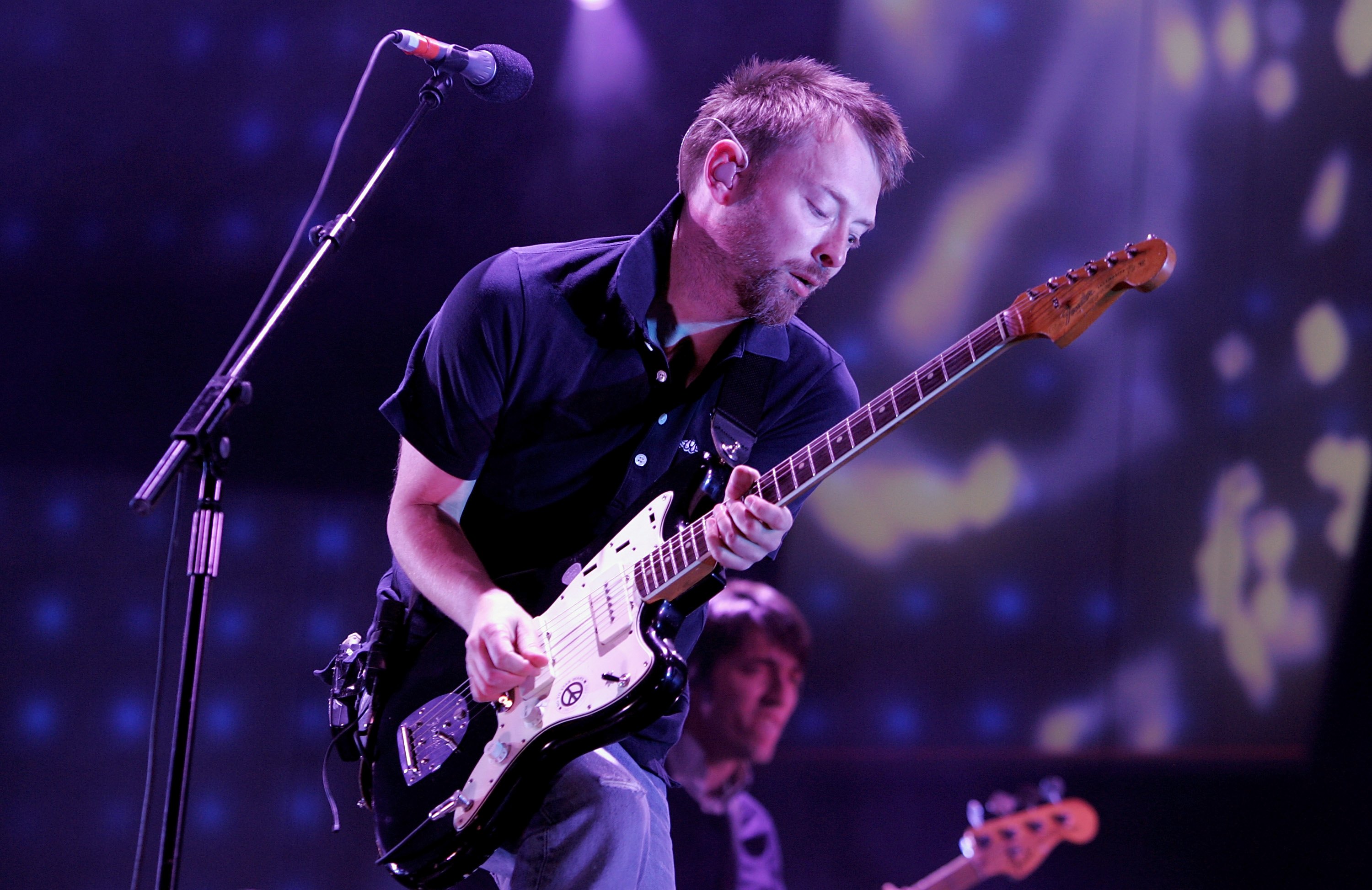
The missing link, it seemed, was Godrich. After two months with Stent proved unsuccessful, the band managed to lure their former producer - often described as Radiohead’s unofficial sixth member - back into the fold. “Things came together when Nigel started working with us again,” Colin said, pointing to Godrich’s ability to keep the band accountable. “Before then it was pie in the sky.”
Progress came thick and fast after Godrich’s return, as Radiohead headed out to a crumbling country house for a three-week recording session that gave birth to Bodysnatchers and Jigsaw Falling Into Place, two of the album’s angriest and most fast-paced cuts. As sessions continued at Godrich’s own Hospital Studio towards the end of 2006, more reflective songs like Nude and Videotape - In Rainbows’ beating heart - began to take shape.
As 2007 approached, the band grew increasingly mindful that two years had passed since they’d started work on the project. A deadline was set for July, and work continued at a rapid clip at Radiohead's own Oxfordshire studio, as songs like 15 Step and Weird Fishes were recorded and re-recorded, progressively redrafted until they began to develop their own character.
"It was only at that point that we completely believed that we'd made the record that we wanted to"
Summer arrived, and with it the deadline, as Radiohead assembled at Yorke’s Oxfordshire home to listen through mastered versions of the 10 tracks that would become In Rainbows; in order to end up on the finished project, every track required unanimous approval. The verdict was positive. "The first time we all sat down and felt that it had worked was when we finalised the tracklisting and had the finished CD," drummer Phil Selway said. "It was only at that point that we completely believed that we'd made the record that we wanted to."
After almost three years, In Rainbows was finished. From the fitful 15 Step, which pairs a spasmodic 5/4 groove with samples of a children’s choir, through to the elegiac Videotape - a song that features some compelling rhythmic quirks of its own - the record showcased a band at their creative peak, two decades into their career but more ambitious than ever.
No single track symbolized this ambition more than Weird Fishes / Arpeggi. An epic and ethereal journey into the murky depths of Yorke’s subconscious, the track repurposed ideas from Jonny Greenwood’s then-nascent experiments in contemporary classical composition into a guitar-led context, culminating in a rock song with the scope of a full-blown symphony.
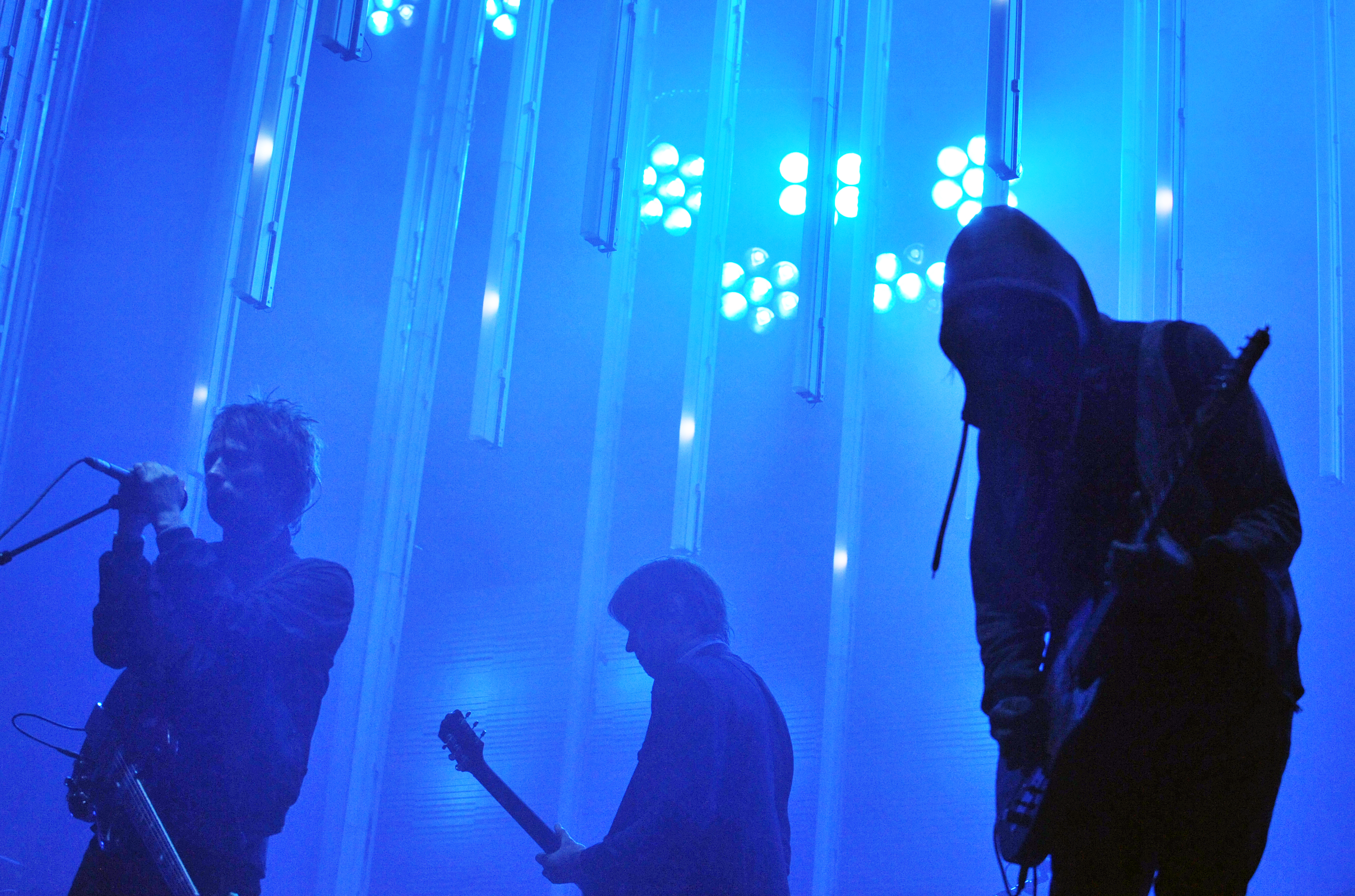
Before it was a Radiohead song, Weird Fishes was an orchestral composition, the name of which became its secondary title: Arpeggi. Its first public performance - and the first glimpse of any material that would end up on In Rainbows - occurred two years prior to the album’s release, at a concert curated by Greenwood in which the London Sinfonietta performed thorny pieces by Ligeti and Messiaen, before premiering a handful of his own compositions.
At the end of the performance, Yorke strolled on stage unannounced - looking typically unbothered - before the ensemble launched into a mesmerizing tapestry of sound; one threaded with the descending sequences of notes, interlocking in opposing time signatures, that give the piece its name.

Much like Yorke’s fixation with electronic music - the primary motivation behind Kid A’s starkly synthetic sound - Greenwood’s extra-curricular obsession with 20th-century classical music, and his experiences scoring films, pushed Radiohead in experimental new directions. "I get these enthusiasms which can drive the band crazy," Greenwood told The Guardian in 2005.
"But I just say: listen, French horns are amazing, we've got to find a way of using them. Or I'll say, it would be great if this song sounded like Penderecki, or Alice Coltrane. And it's childish because none of us can play jazz like Alice Coltrane, and none of us can write the kind of music that Penderecki does. We've only got guitars and a basic knowledge of music, but we reach for these things and miss. That's what's cool about it."
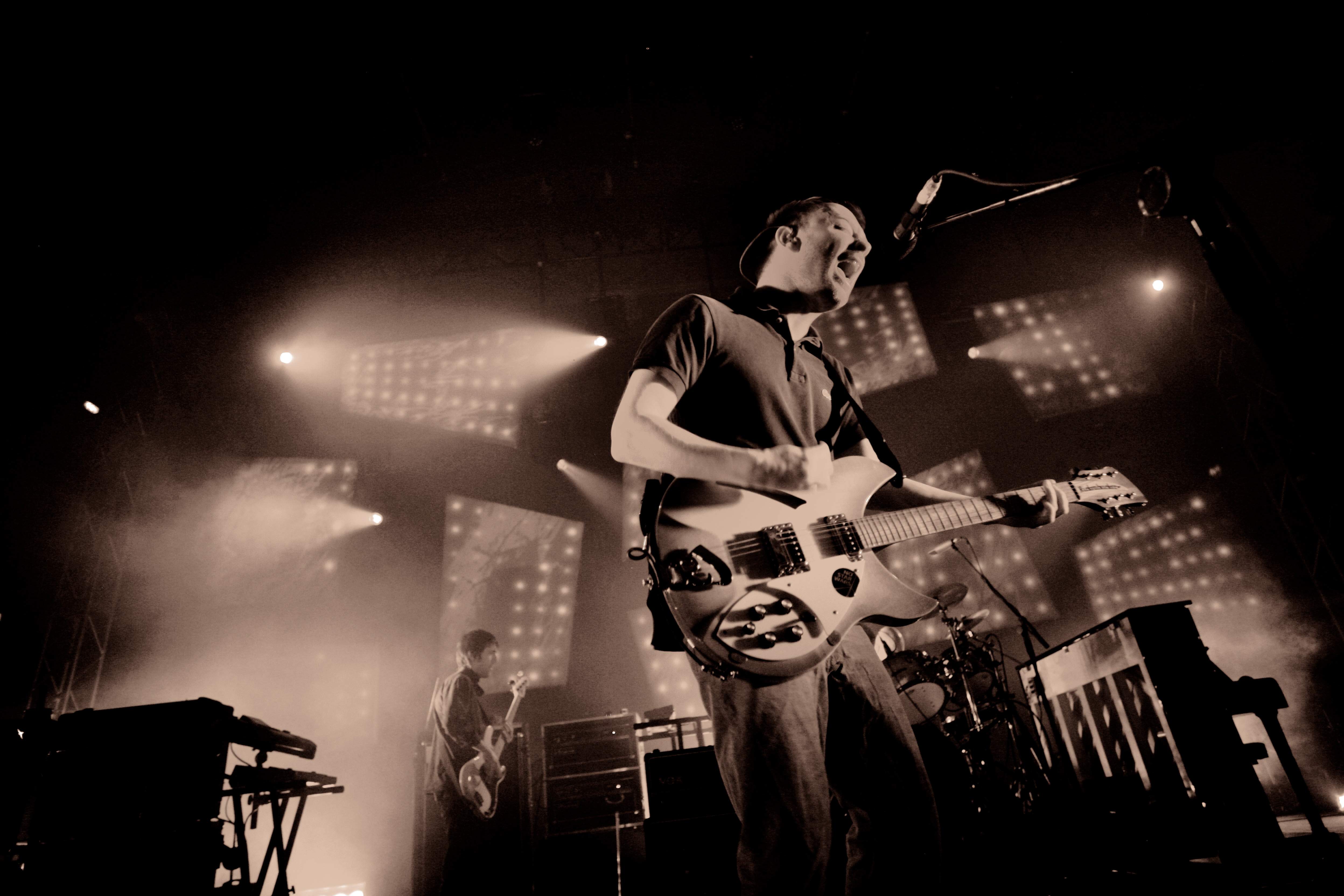
Another of In Rainbows’ highlights can be found in Nude, a song that envelops you like a warm bath after the cold-water shock of Bodysnatchers’ acerbic riffage. Haunting and tender in mood, Nude hangs some archetypally Yorkeian lyrics - “don’t get any big ideas, they’re not gonna happen” - on a sinuous bassline that’s surely one of Colin Greenwood’s finest moments.
It was this bassline that brought the song to life, according to Nigel Godrich’s account; the song had in fact been kicking around since The Bends era, but early versions built around Hammond organ and distorted guitars were ultimately abandoned. “We tried to record it a couple more times for OK Computer, probably about three times for Kid A and another three times for Hail To The Thief,” Godrich told Word Magazine. “But somehow it had gone.”
“Songs have a kind of window where they are really most alive – and you have to capture it”
Godrich recalls visiting Greenwood after the band’s Stent sessions had reached a disappointing conclusion: “He'd written his new bassline, which transformed it from something very straight into something that had much more of a rhythmic flow. The chorus had been taken out – very Radiohead! – and there was this new vocal break and this new end section.”
“Songs have a kind of window where they are really most alive – and you have to capture it,” Godrich added. “Nude missed its window, and it took a lot of reinvention to bring it back to the place where we could capture it again in a way that resonated for the people playing it. It was essentially the same song; nothing had really changed. What has changed are the people playing it.”
However ambitious its songs may be, the music that made up In Rainbows was, at least for a time, eclipsed by its groundbreaking release model, which invited fans to pay whatever they wanted for a digital download. Arriving at a time when digital piracy had begun to eat into physical sales and streaming platforms had yet to present a viable alternative, In Rainbows’ release seemed to throw the entire future of the music industry into question - a result that Greenwood says was all part of the plan.
“We weren’t giving the record away. We were saying: ‘What is it worth?’” he said. “Music is one of the only commodified art forms where when you walk into a store and records by Dylan, Roxette, Klaxons or The Hives are the same price. Does that mean they’re all as good as each other? Is there a way to say, by how much you pay, how good or bad something is? It’s good that the whole experience has got people asking those kind of questions.”
“We weren’t giving the record away. We were saying: ‘What is it worth?’”
“It would be nice if what we did was free up artists and musicians to think, ‘I don't have to sign my name in blood, maybe I can do this in a different way,’” Yorke added. “But that's about it. All we did was respond to a particular situation, and it was the logical thing to do, captain. We saw it as the best way to get the music we'd worked so hard on heard by the most people."
Despite giving fans the option to download the album free of charge, In Rainbows became a major commercial success; Yorke has since revealed that the band made more money from digital sales of the album than the digital sales of all previous Radiohead albums combined. The physical release hit No 1 on the UK Albums Chart, and the album’s deluxe “discbox” edition -priced at $80 and including a bonus disc with eight additional tracks - sold 100,000 copies.
”I never felt we were one of the great bands, up there with The Smiths or R.E.M.,” O’Brien told Mojo following the album's release. ”In my view, we've made three really great records: The Bends, OK Computer and Kid A. What we needed was another great record just to seal it.”
Forged amid self-doubt and upheaval, In Rainbows could well have been the end of Radiohead. Instead, it became their "classic album", standing as a testament to the band’s sky-high aspirations - and their determination never to repeat themselves. It may not be as zeitgeist-capturing as The Bends, as universally resonant as OK Computer, or as audaciously experimental as Kid A, but In Rainbows draws on lessons learned from all three, documenting the painful, glorious process of a band rediscovering its sound.
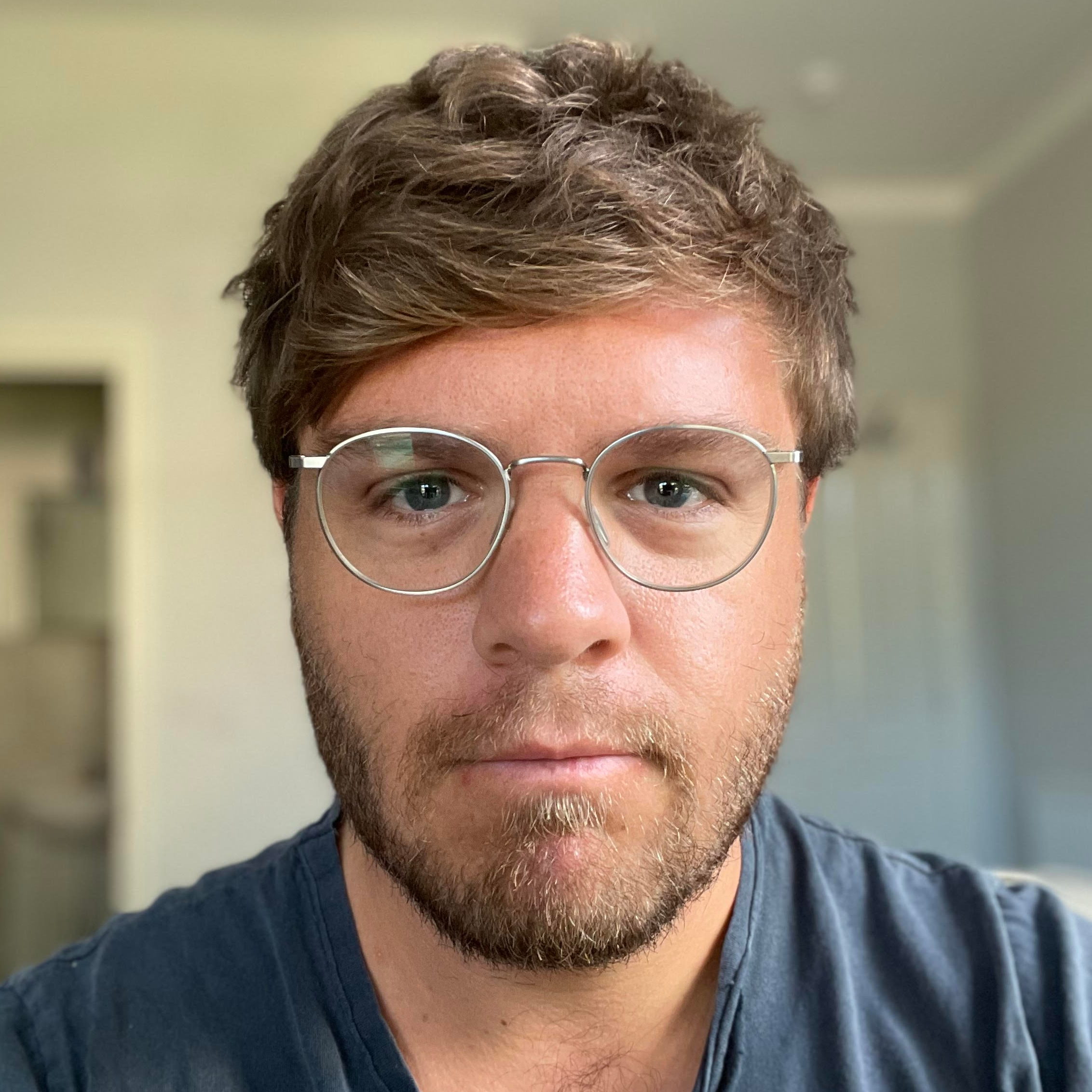
I'm MusicRadar's Tech Editor, working across everything from product news and gear-focused features to artist interviews and tech tutorials. I love electronic music and I'm perpetually fascinated by the tools we use to make it. When I'm not behind my laptop keyboard, you'll probably find me behind a MIDI keyboard, carefully crafting the beginnings of another project that I'll ultimately abandon to the creative graveyard that is my overstuffed hard drive.
You must confirm your public display name before commenting
Please logout and then login again, you will then be prompted to enter your display name.


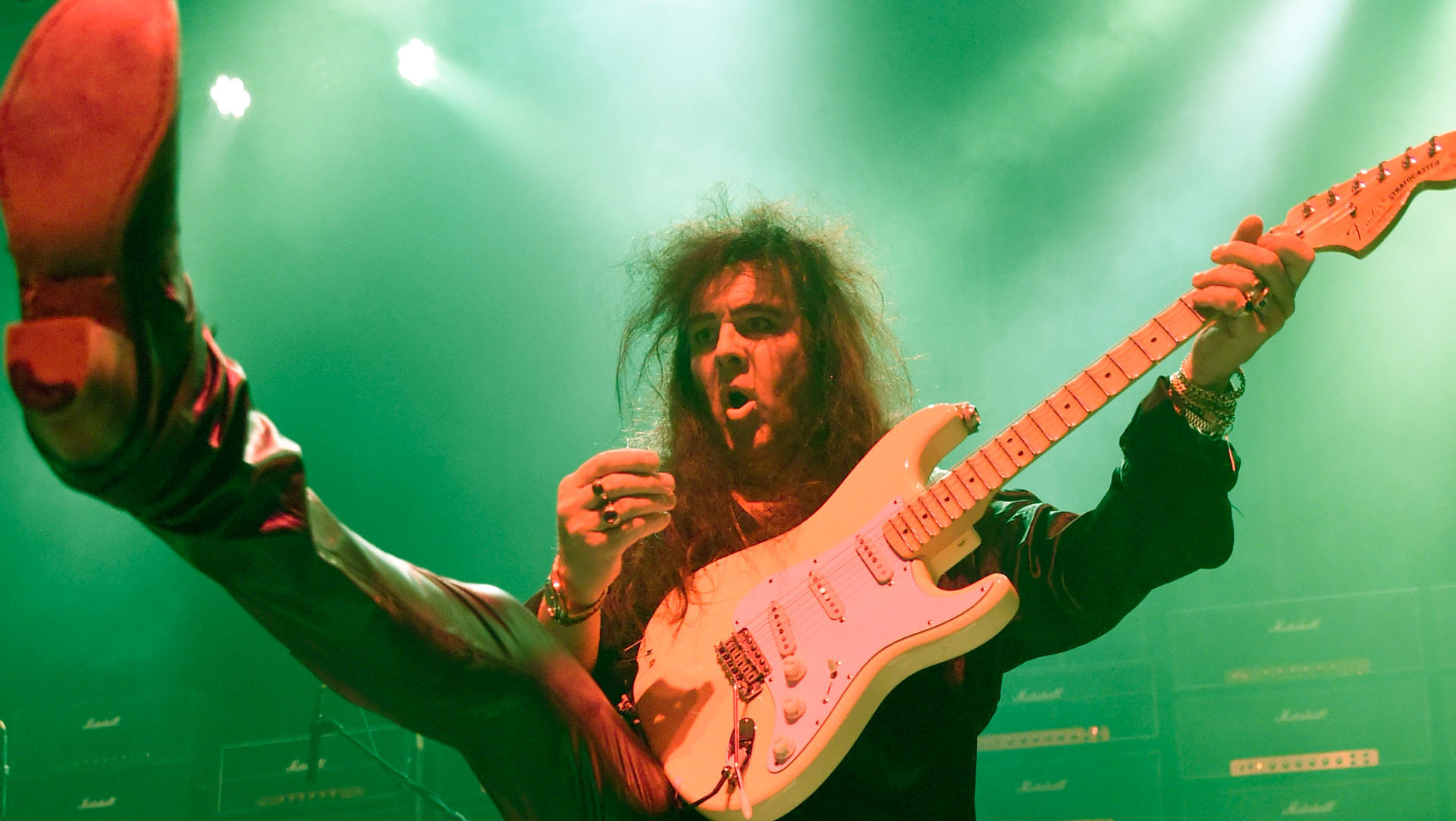
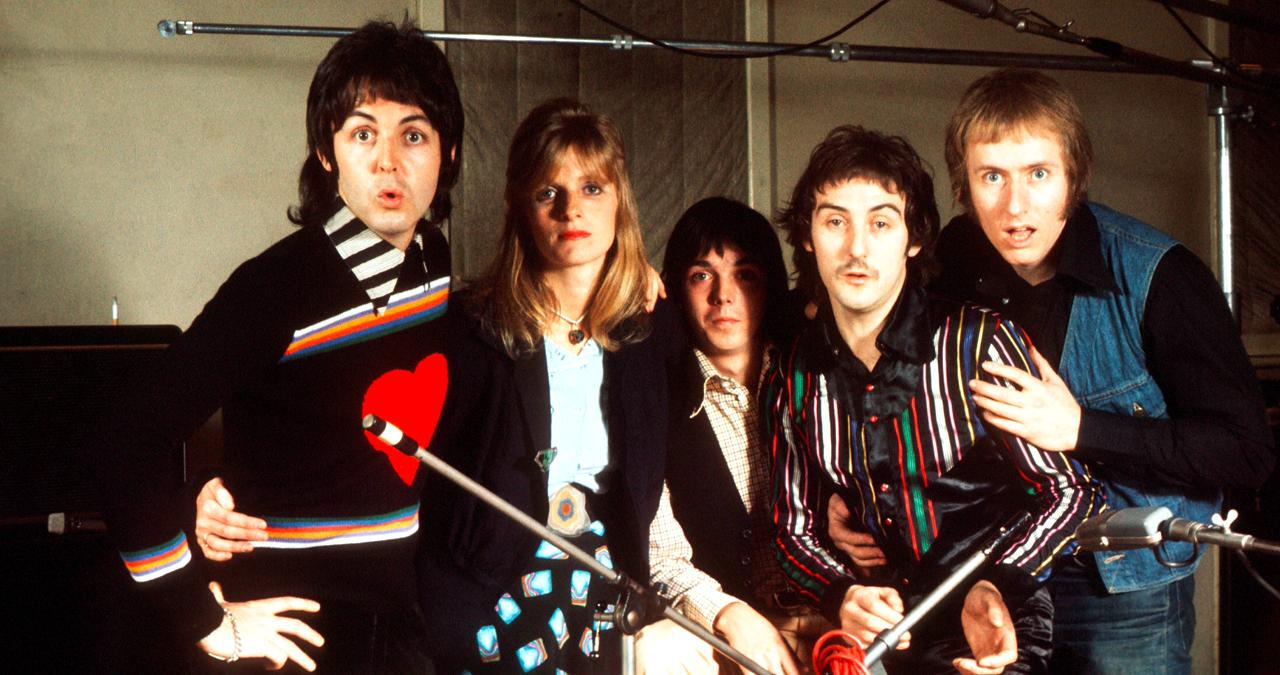

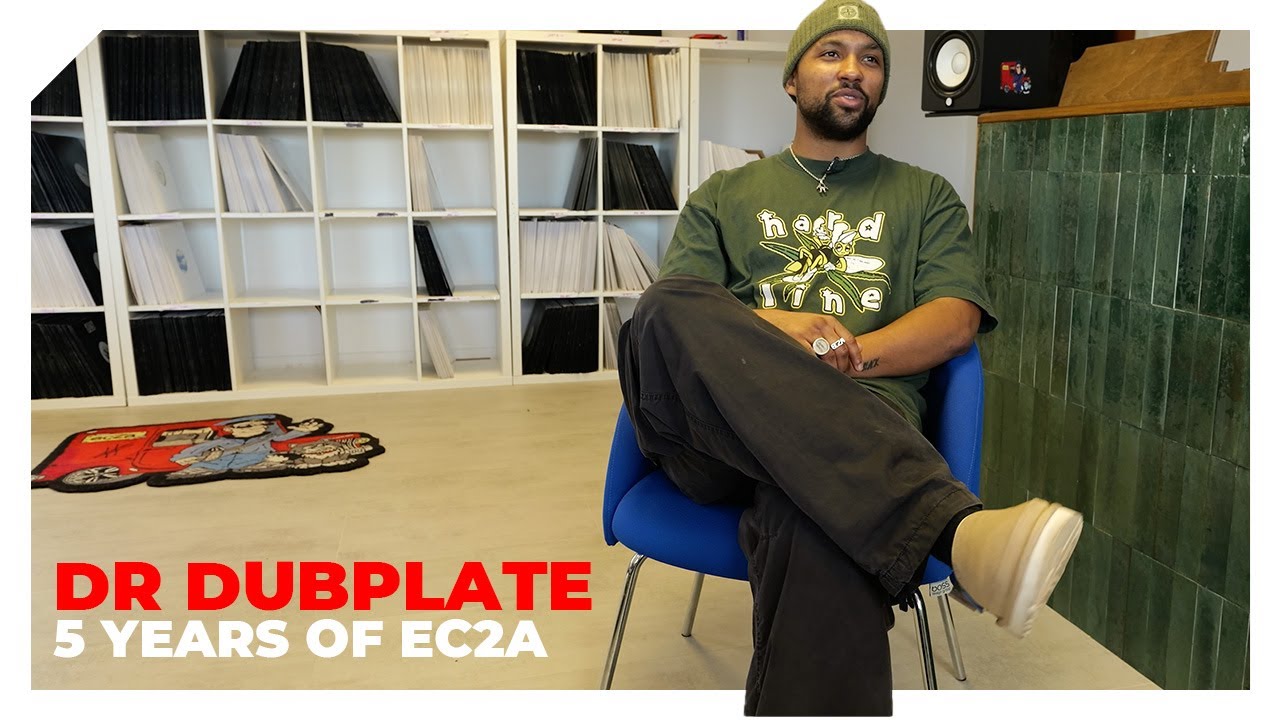

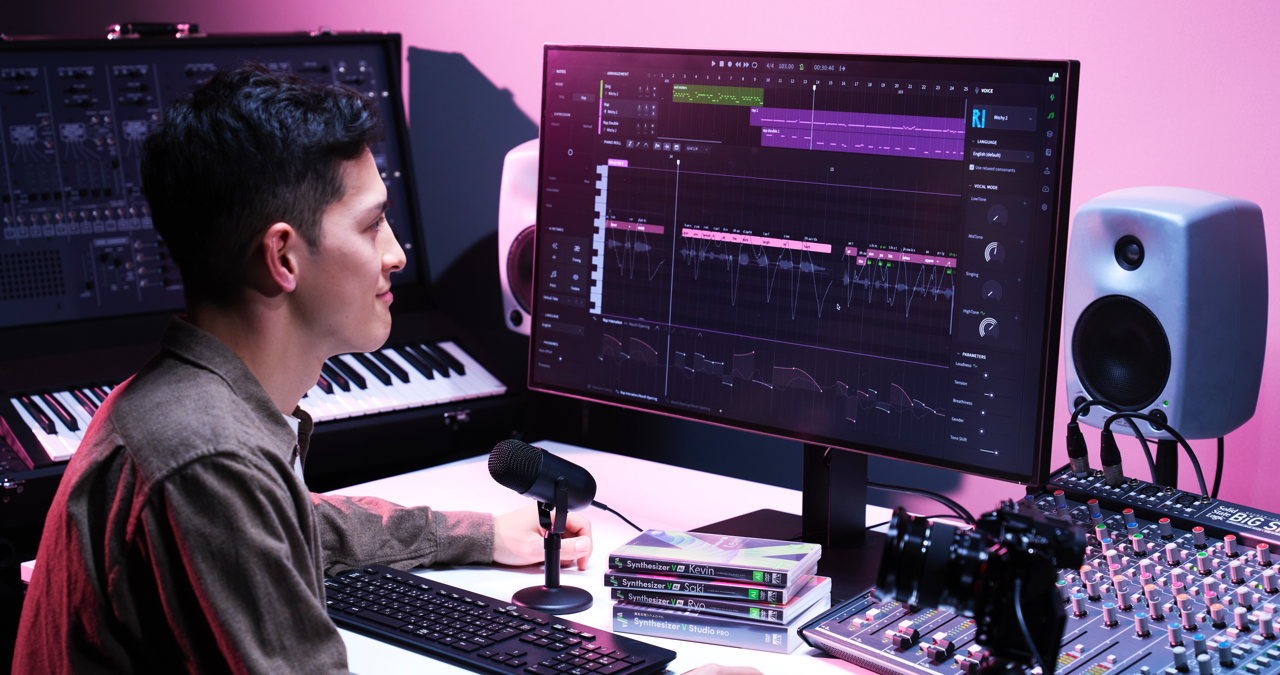
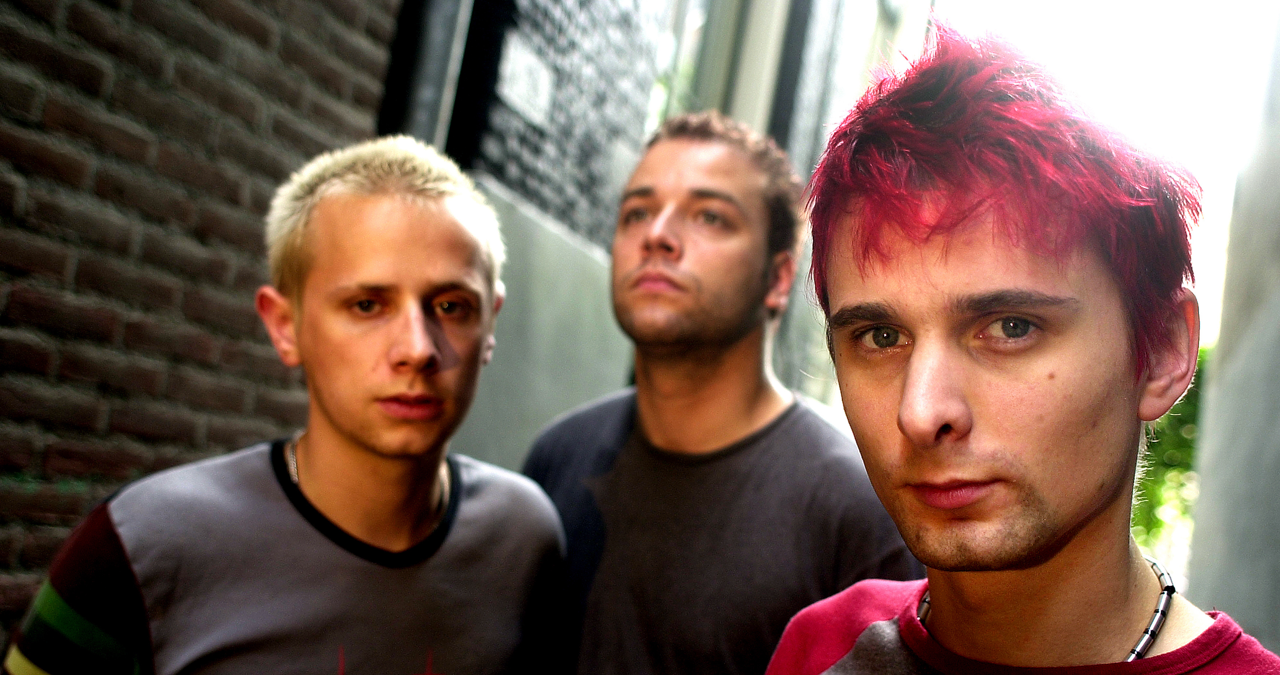
![James Hetfield [left] and Kirk Hammett harmonise solos as they perform live with Metallica in 1988. Hammett plays a Jackson Rhodes, Hetfield has his trusty white Explorer.](https://cdn.mos.cms.futurecdn.net/mpZgd7e7YSCLwb7LuqPpbi.jpg)
